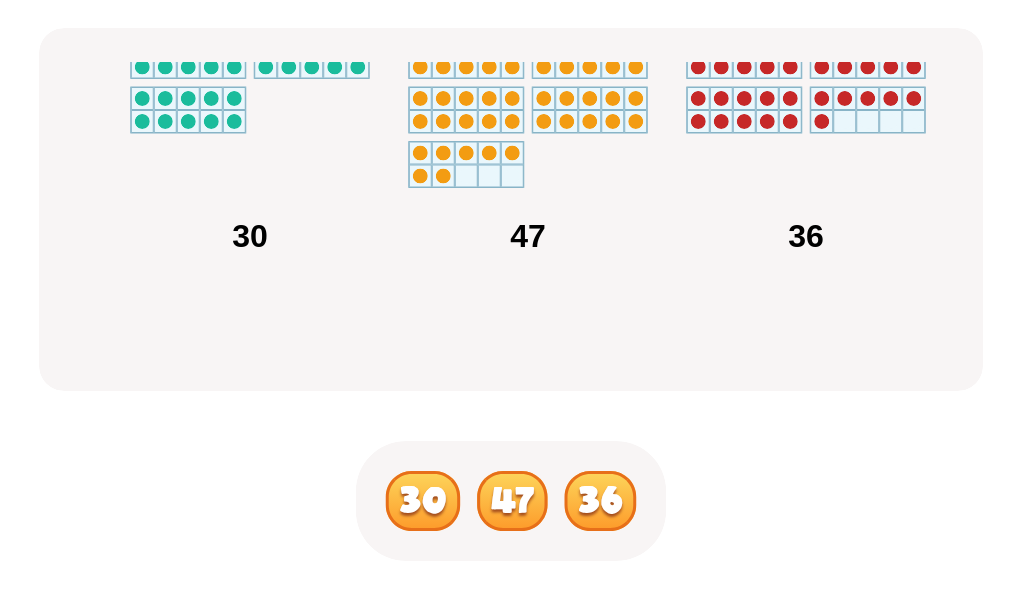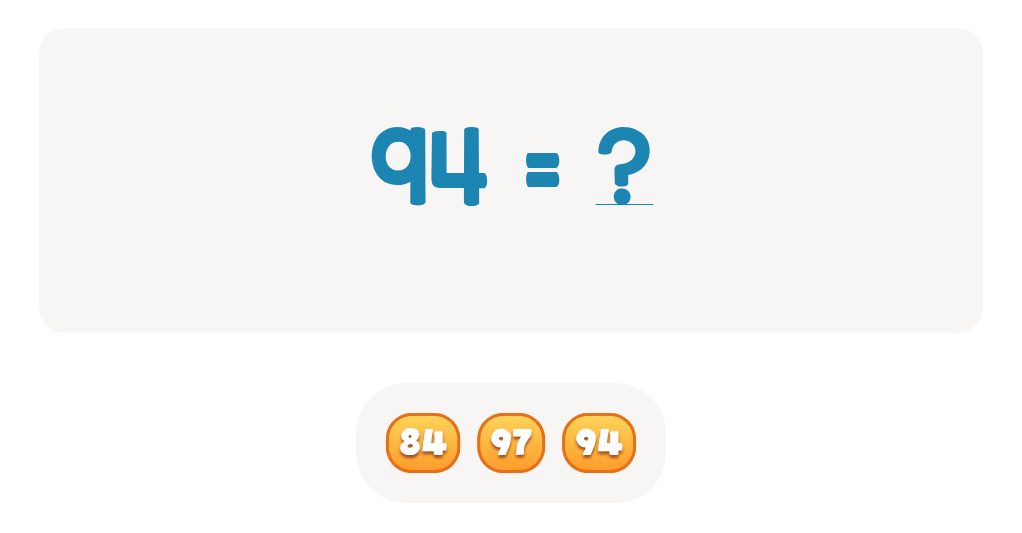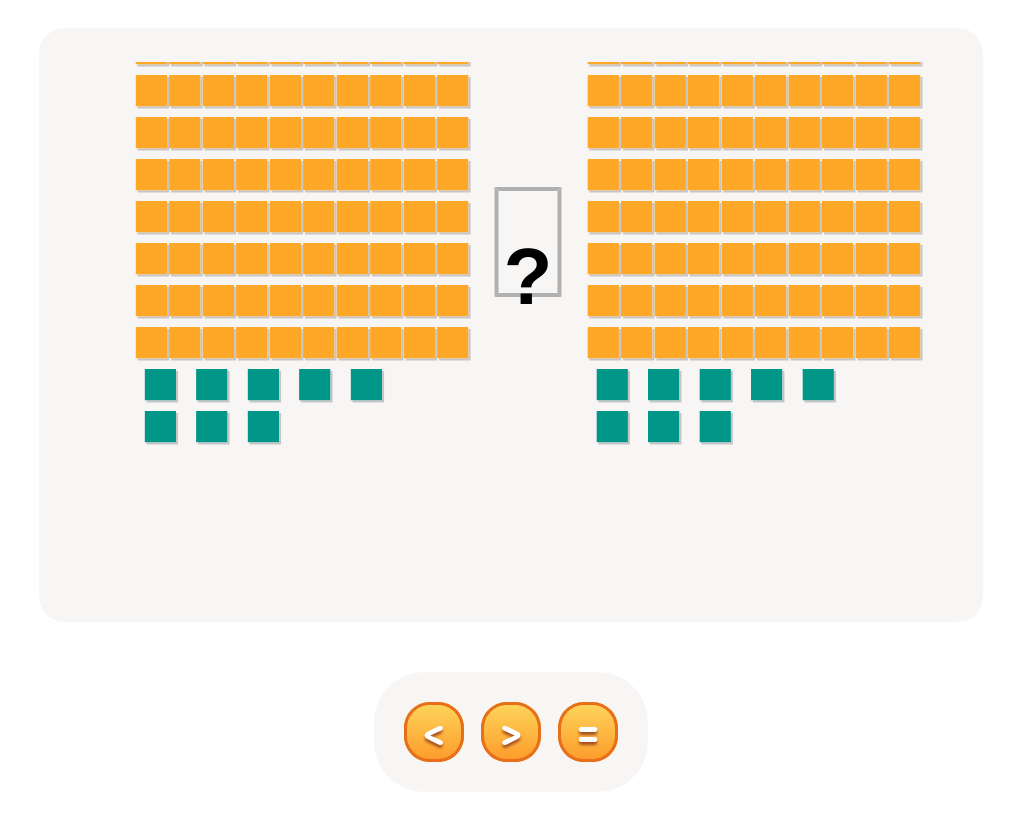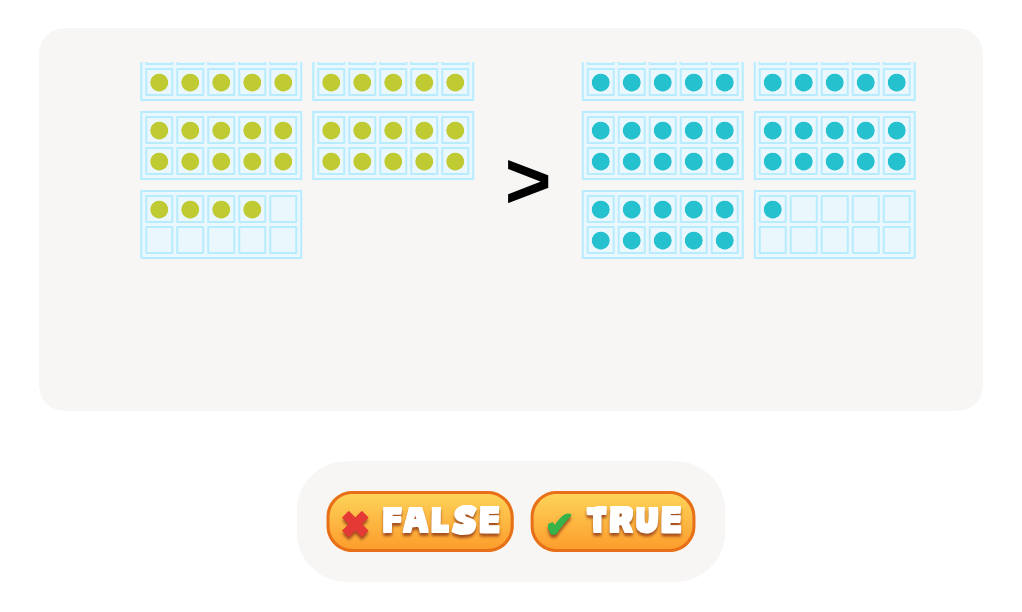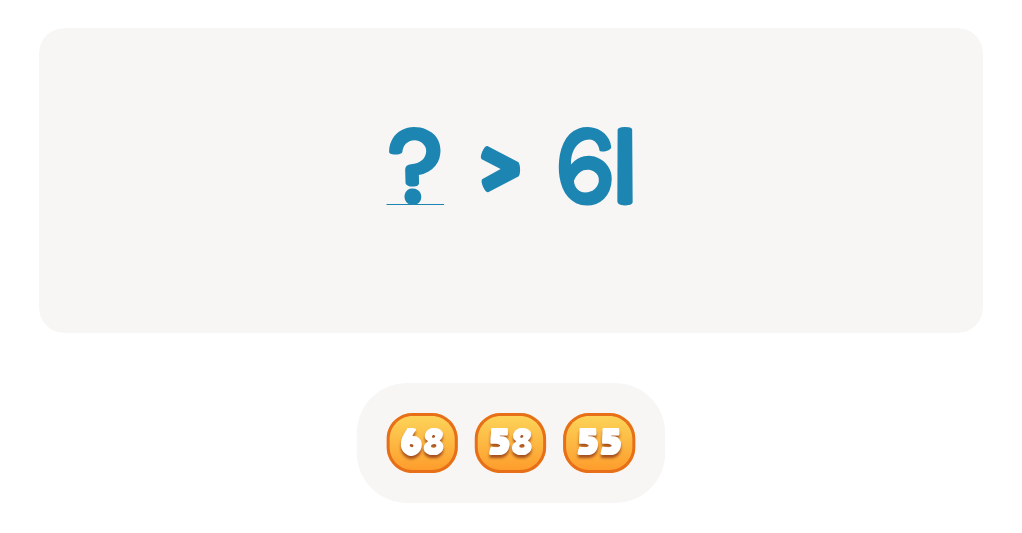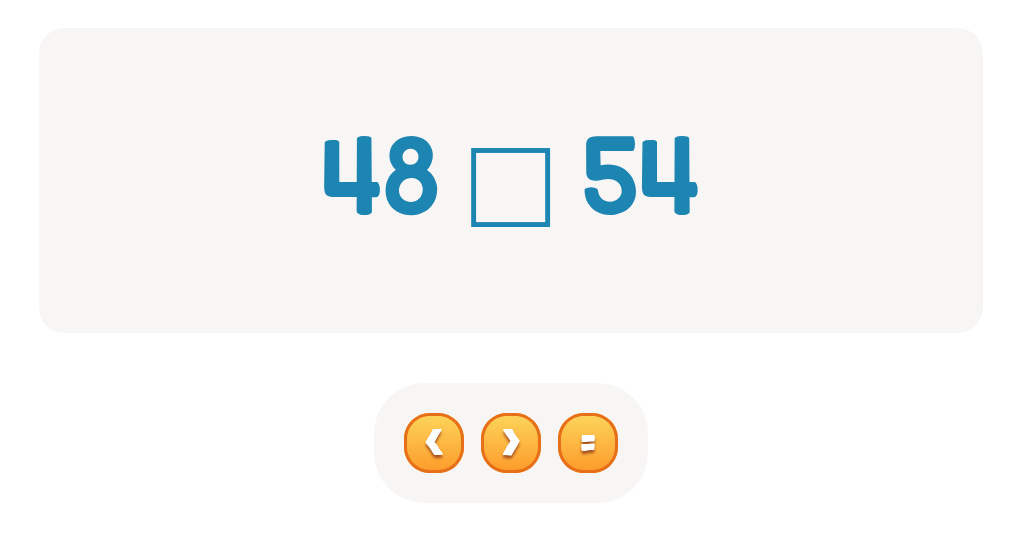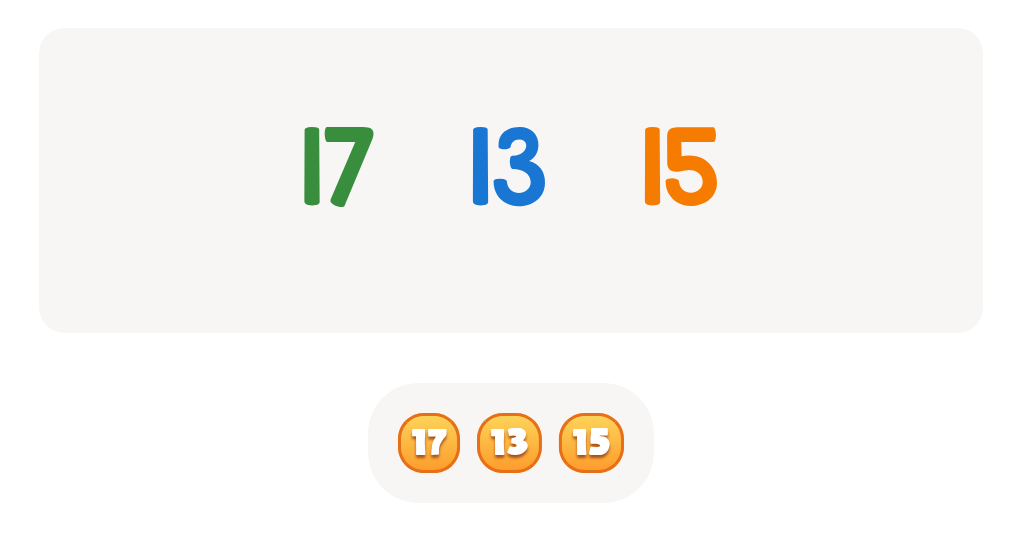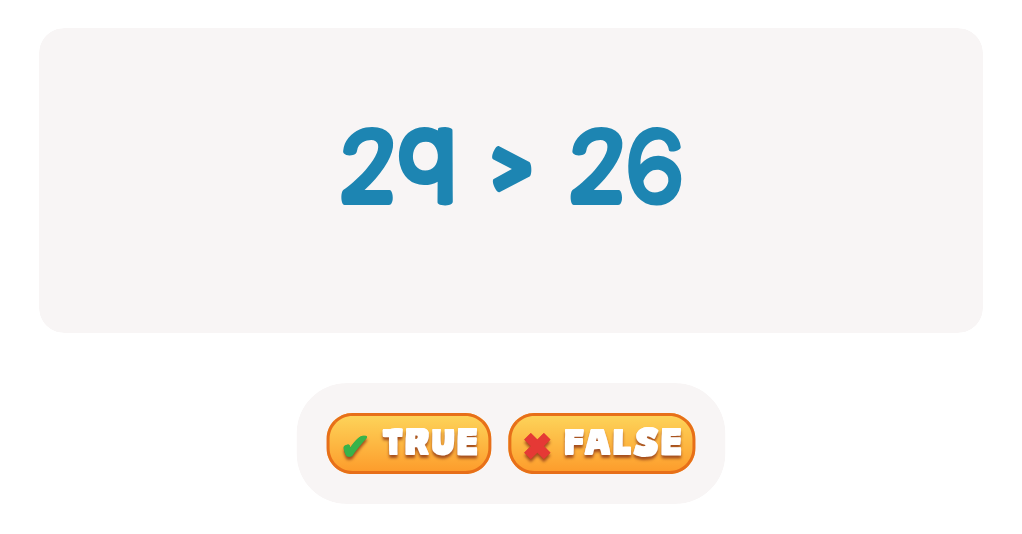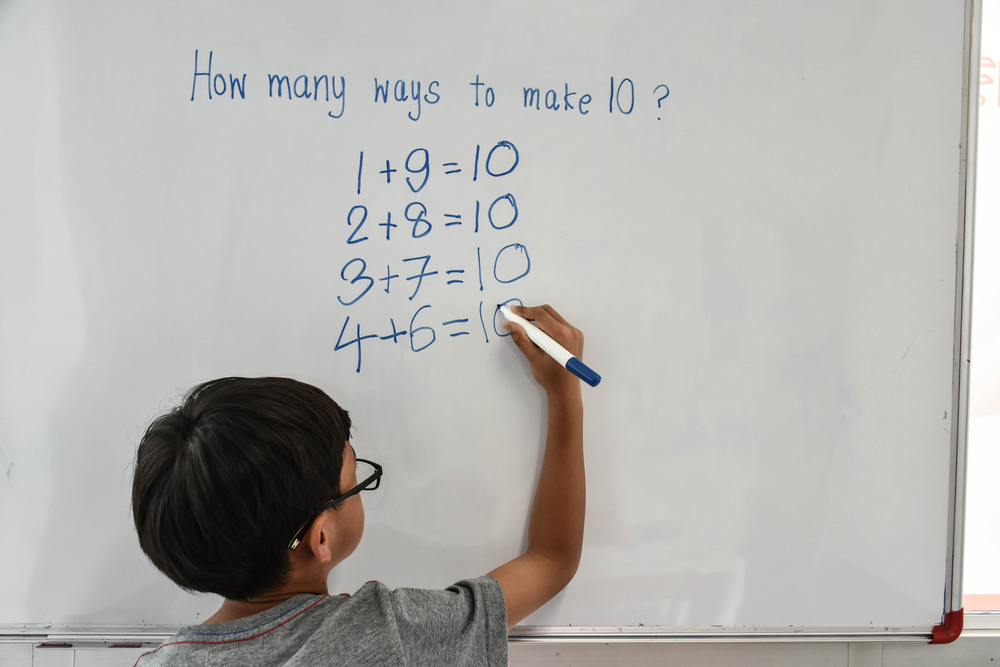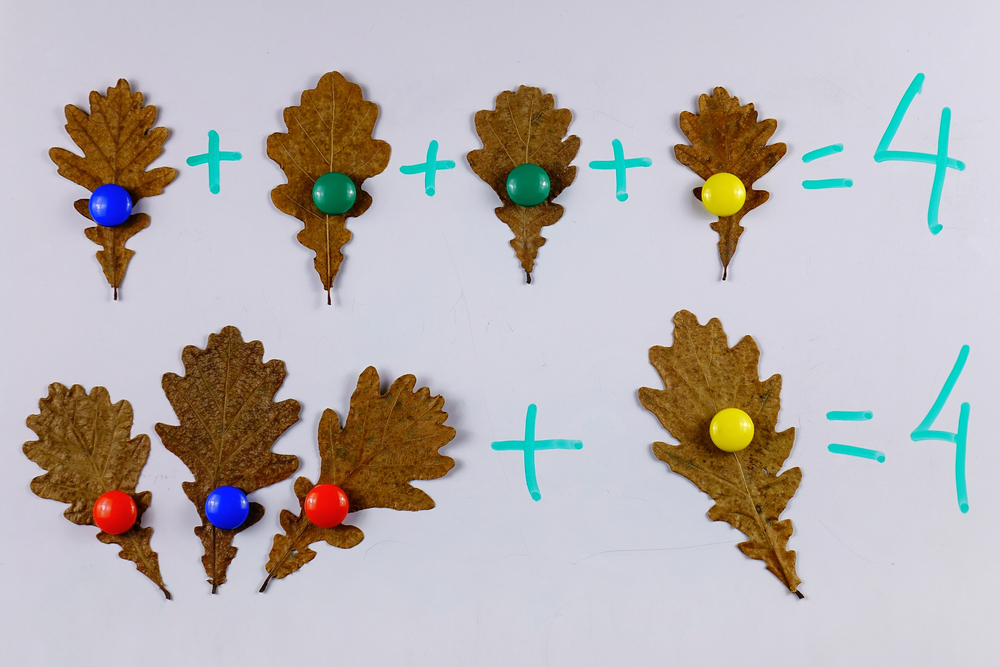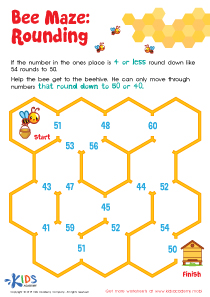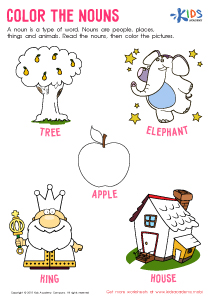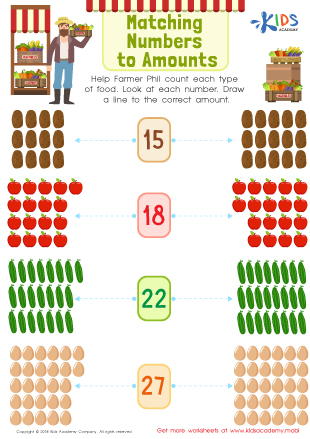Comparing lengths Comparing Numbers Worksheets for Ages 3-8
4 filtered results
-
From - To
Explore our engaging "Comparing Lengths and Comparing Numbers Worksheets" designed for children aged 3-8! These worksheets provide a fun and interactive way for young learners to develop essential math skills through hands-on activities. Kids will compare lengths, fostering their ability to recognize differences and similarities in measurements while enhancing their number sense. Our colorful worksheets include a variety of exercises that challenge children to measure objects and determine which is longer or shorter. Perfect for home or classroom use, these resources support early mathematical learning, critical thinking, and problem-solving abilities. Start your child's math journey today with our exciting worksheets!
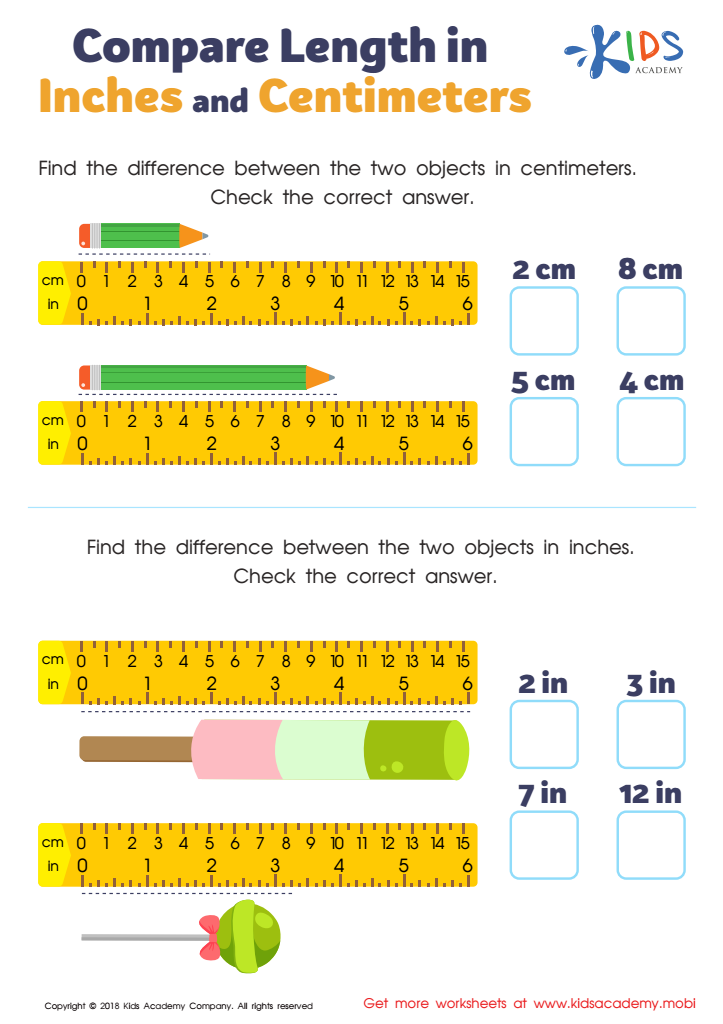

Compare Length in Inches and Centimeters Worksheet
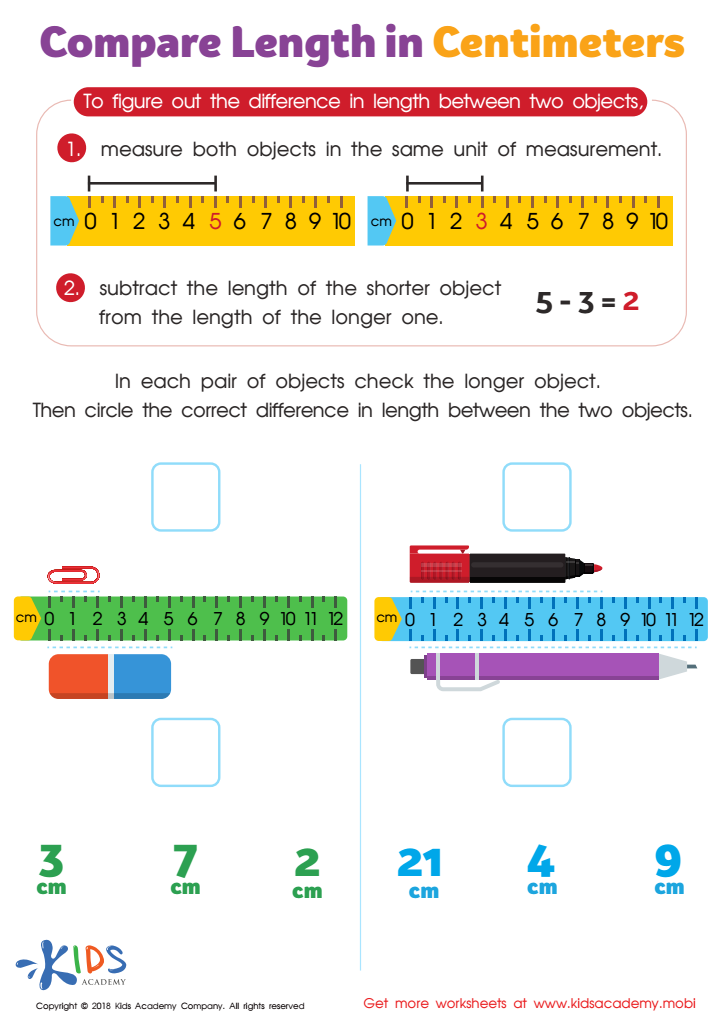

Compare Length in Centimeters Worksheet
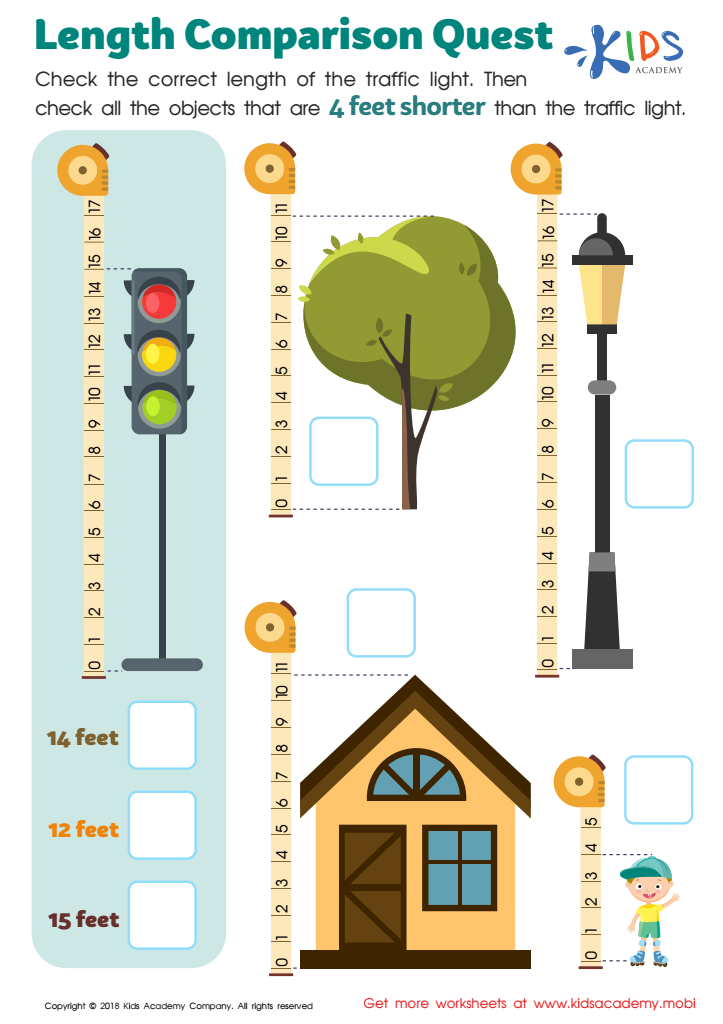

Length Comparison Quest Worksheet


Measuring the Length of Plants Worksheet
Understanding comparing lengths and comparing numbers is fundamental for children aged 3-8 as it lays the groundwork for both mathematical skills and critical thinking. During these formative years, children are naturally curious, and engaging with concepts of length and numbers helps to foster that curiosity into meaningful learning experiences.
When children learn to compare lengths, they develop spatial awareness and improve their problem-solving skills. Activities that involve measuring objects or arranging them in order not only make learning interactive but also help children grasp important concepts like taller/shorter and longer/shorter. These skills translate into real-life applications, making children more adept at understanding their environment.
Similarly, comparing numbers builds a strong numerical foundation. It aids in the recognition of numerical relationships and sets the stage for future arithmetic skills. Encouraging children to understand more/less or greater than/less than promotes logical thinking and helps them appreciate the value associated with numerical concepts.
Parents and teachers should prioritize these comparisons because they enhance cognitive development, promote reasoning skills, and encourage collaborative learning. Engaging children in playful, hands-on activities related to comparing lengths and numbers enables them to connect abstract concepts with concrete experiences, paving the way for a lifelong love of learning in mathematics.
 Assign to My Students
Assign to My Students
